Audi Q5 vs Toyota Proace City – Which model is better for everyday use?
Everyday use, family trips or long-distance drives – here’s where the differences show.
Discover whether Audi Q5 or Toyota Proace City fits your lifestyle better.
Here’s where it gets real: The technical differences in detail
Costs and Efficiency: Looking at overall running costs, both models reveal some interesting differences in everyday economy.
Toyota Proace City has a convincingly advantage in terms of price – it starts at 20800 £, while the Audi Q5 costs 44800 £. That’s a price difference of around 24030 £.
Fuel consumption also shows a difference: the Audi Q5 manages with 2.50 L and is therefore decisively more efficient than the Toyota Proace City with 5.30 L. The difference is about 2.80 L per 100 km.
As for range, the Toyota Proace City performs significantly better – achieving up to 343 km, about 243 km more than the Audi Q5.
Engine and Performance: Power, torque and acceleration say a lot about how a car feels on the road. This is where you see which model delivers more driving dynamics.
When it comes to engine power, the Audi Q5 has a significantly edge – offering 367 HP compared to 136 HP. That’s roughly 231 HP more horsepower.
In acceleration from 0 to 100 km/h, the Audi Q5 is decisively quicker – completing the sprint in 4.50 s, while the Toyota Proace City takes 11.50 s. That’s about 7 s faster.
In terms of top speed, the Audi Q5 performs distinct better – reaching 250 km/h, while the Toyota Proace City tops out at 186 km/h. The difference is around 64 km/h.
There’s also a difference in torque: the Audi Q5 pulls decisively stronger with 550 Nm compared to 300 Nm. That’s about 250 Nm difference.
Space and Everyday Use: Cabin size, boot volume and payload all play a role in everyday practicality. Here, comfort and flexibility make the difference.
Seats: Toyota Proace City offers evident more seating capacity – 7 vs 5.
In curb weight, the Toyota Proace City is evident lighter – 1366 kg compared to 1910 kg. The difference is around 544 kg.
In terms of boot space, the Toyota Proace City offers significantly more room – 912 L compared to 520 L. That’s a difference of about 392 L.
In maximum load capacity, the Toyota Proace City performs decisively better – up to 2693 L, which is about 1220 L more than the Audi Q5.
When it comes to payload, Toyota Proace City evident takes the win – 869 kg compared to 565 kg. That’s a difference of about 304 kg.
All in all, the Audi Q5 shows itself to be wins the duel decisively and secures the title of DriveDuel Champion.
It impresses with the more balanced overall package and proves to be the more versatile companion for everyday use.
Audi Q5
The Audi Q5 exudes a perfect blend of luxury and performance, making it a standout in the competitive SUV market. Its elegant design is complemented by a spacious and meticulously crafted interior, providing both comfort and functionality for drivers and passengers alike. With advanced technology and a range of powerful engines, the Q5 effortlessly combines driving pleasure with practicality for everyday use.
details @ audi-mediacenter.com
@ audi-mediacenter.com
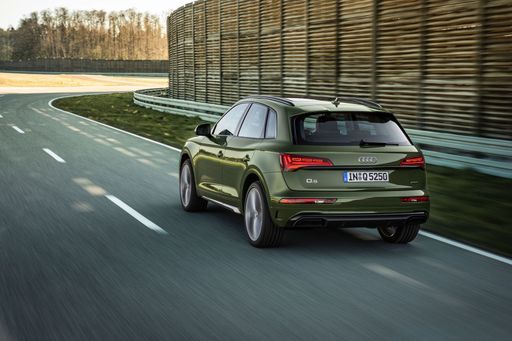 @ audi-mediacenter.com
@ audi-mediacenter.com
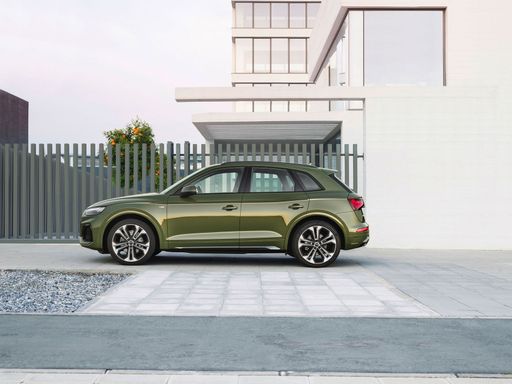 @ audi-mediacenter.com
@ audi-mediacenter.com
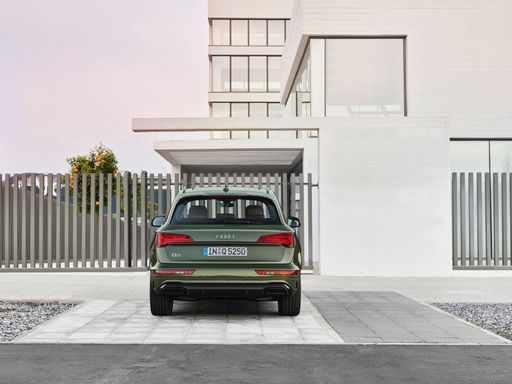 @ audi-mediacenter.com
@ audi-mediacenter.com
 @ audi-mediacenter.com
@ audi-mediacenter.com
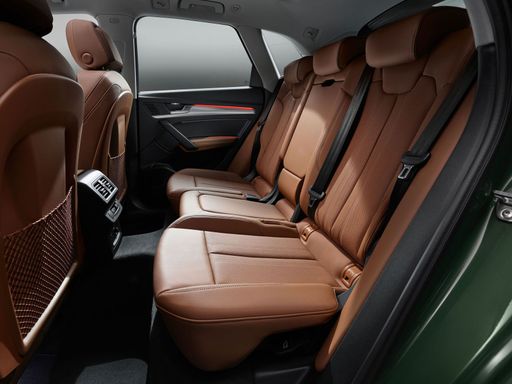 @ audi-mediacenter.com
@ audi-mediacenter.com
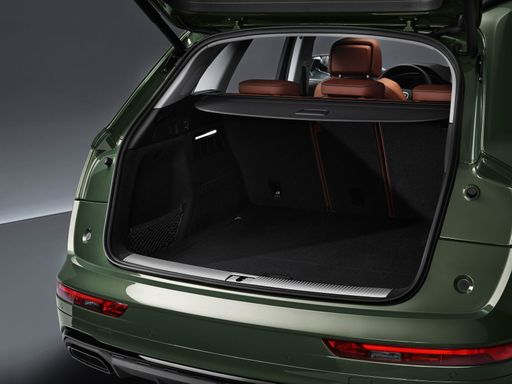 @ audi-mediacenter.com
@ audi-mediacenter.com
Toyota Proace City
The Toyota Proace City High Roof Combi is designed to seamlessly blend practicality with comfort, making it an ideal choice for families and businesses alike. Its versatile interior allows for flexible seating and cargo arrangements, catering to a variety of transport needs. Equipped with modern technology and advanced safety features, this vehicle ensures a reliable and secure driving experience.
details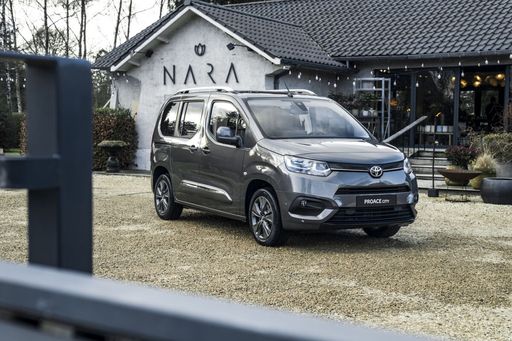 @ Toyota Deutschland
@ Toyota Deutschland
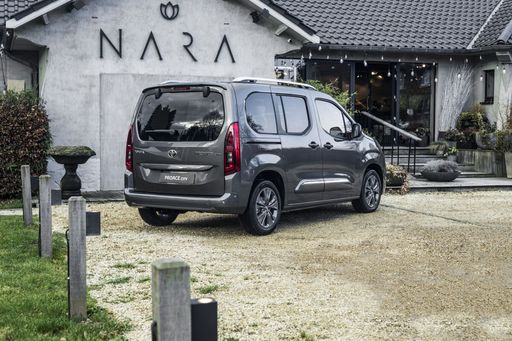 @ Toyota Deutschland
@ Toyota Deutschland
 @ Toyota Deutschland
@ Toyota Deutschland
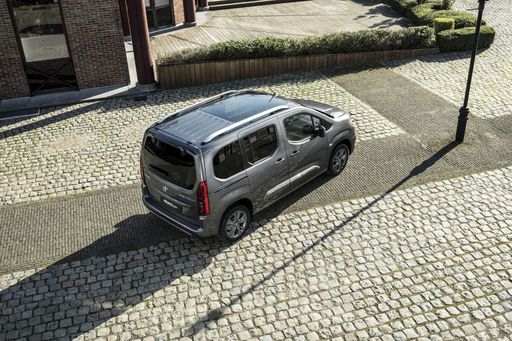 @ Toyota Deutschland
@ Toyota Deutschland
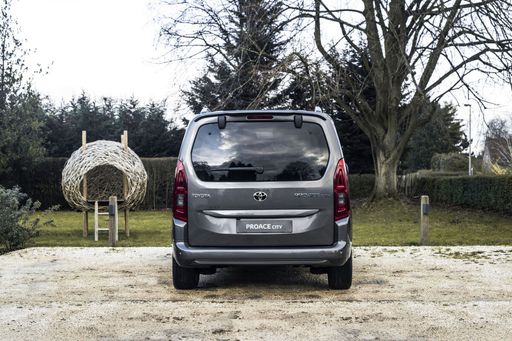 @ Toyota Deutschland
@ Toyota Deutschland
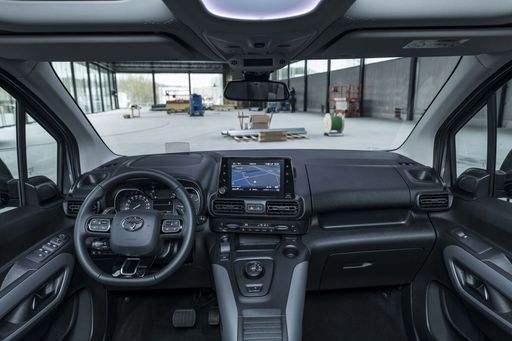 @ Toyota Deutschland
@ Toyota Deutschland

|

|
|
|
|
Costs and Consumption |
|
|---|---|
|
Price
44800 - 78900 £
|
Price
20800 - 44100 £
|
|
Consumption L/100km
2.5 - 8.3 L
|
Consumption L/100km
5.3 - 6.3 L
|
|
Consumption kWh/100km
-
|
Consumption kWh/100km
18.10 kWh
|
|
Electric Range
92 - 100 km
|
Electric Range
343 km
|
|
Battery Capacity
20.70 kWh
|
Battery Capacity
-
|
|
co2
56 - 189 g/km
|
co2
0 - 146 g/km
|
|
Fuel tank capacity
55 - 65 L
|
Fuel tank capacity
50 - 61 L
|
Dimensions and Body |
|
|---|---|
|
Body Type
SUV
|
Body Type
High Roof Estate
|
|
Seats
5
|
Seats
5 - 7
|
|
Doors
5
|
Doors
4 - 5
|
|
Curb weight
1910 - 2245 kg
|
Curb weight
1366 - 1664 kg
|
|
Trunk capacity
433 - 520 L
|
Trunk capacity
322 - 912 L
|
|
Length
4717 mm
|
Length
4401 - 4751 mm
|
|
Width
1900 mm
|
Width
1848 mm
|
|
Height
1647 - 1656 mm
|
Height
1812 - 1818 mm
|
|
Max trunk capacity
1300 - 1473 L
|
Max trunk capacity
2126 - 2693 L
|
|
Payload
490 - 565 kg
|
Payload
525 - 869 kg
|
Engine and Performance |
|
|---|---|
|
Engine Type
Plugin Hybrid, Petrol MHEV, Diesel MHEV
|
Engine Type
Petrol, Diesel, Electric
|
|
Transmission
Automatic
|
Transmission
Manuel, Automatic
|
|
Transmission Detail
Dual-Clutch Automatic
|
Transmission Detail
Manual Gearbox, Reduction Gearbox, Automatic Gearbox
|
|
Drive Type
All-Wheel Drive, Front-Wheel Drive
|
Drive Type
Front-Wheel Drive
|
|
Power HP
204 - 367 HP
|
Power HP
102 - 136 HP
|
|
Acceleration 0-100km/h
4.5 - 8.6 s
|
Acceleration 0-100km/h
11.5 - 13.2 s
|
|
Max Speed
226 - 250 km/h
|
Max Speed
135 - 186 km/h
|
|
Torque
340 - 550 Nm
|
Torque
205 - 300 Nm
|
|
Number of Cylinders
4 - 6
|
Number of Cylinders
3 - 4
|
|
Power kW
150 - 270 kW
|
Power kW
75 - 100 kW
|
|
Engine capacity
1968 - 2995 cm3
|
Engine capacity
1199 - 1499 cm3
|
General |
|
|---|---|
|
Model Year
2025
|
Model Year
2024 - 2025
|
|
CO2 Efficiency Class
B, E, F, G
|
CO2 Efficiency Class
E, A
|
|
Brand
Audi
|
Brand
Toyota
|
What drivetrain options does the Audi Q5 have?
The Audi Q5 is available as All-Wheel Drive or Front-Wheel Drive.
The prices and data displayed are estimates based on German list prices and may vary by country. This information is not legally binding.
